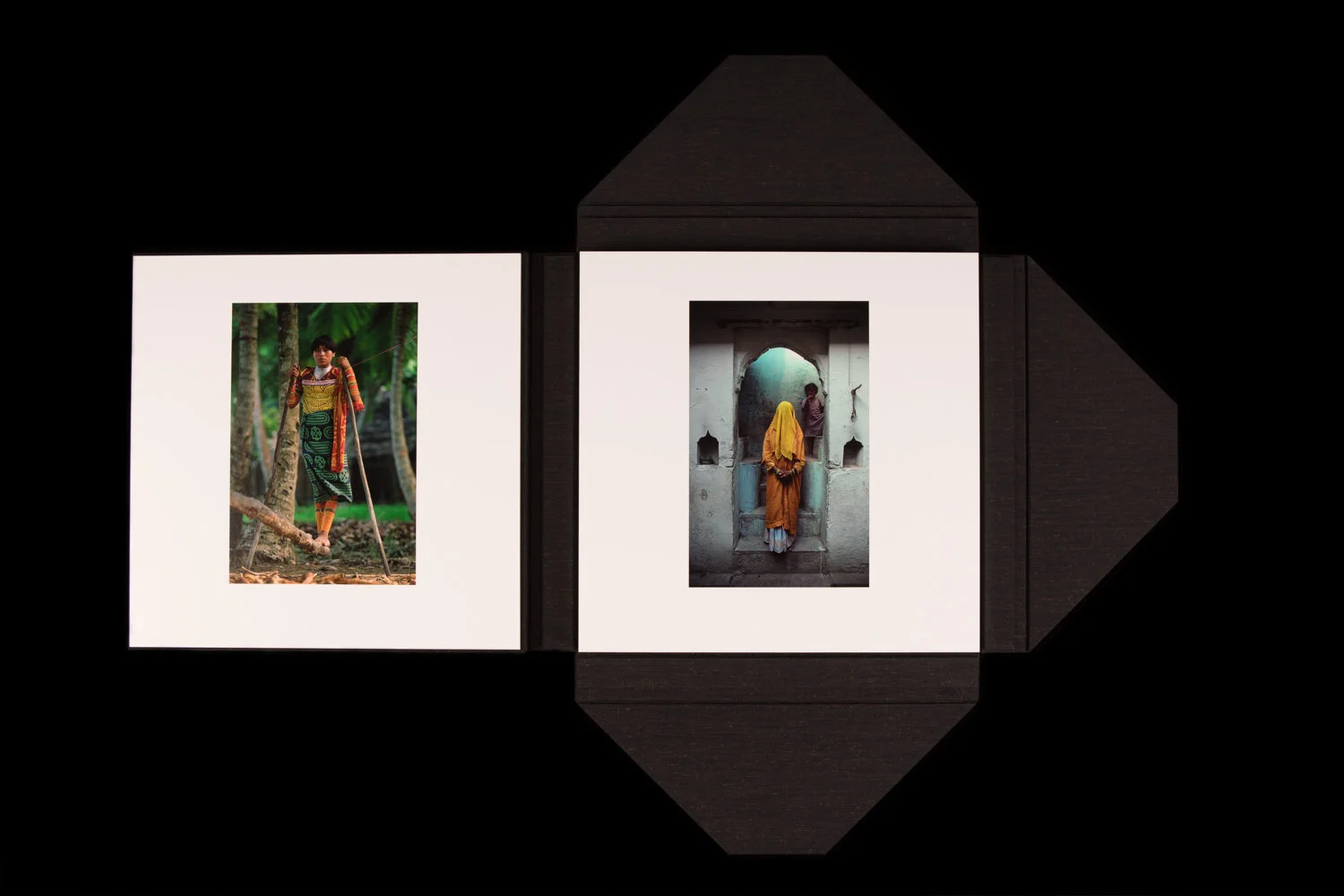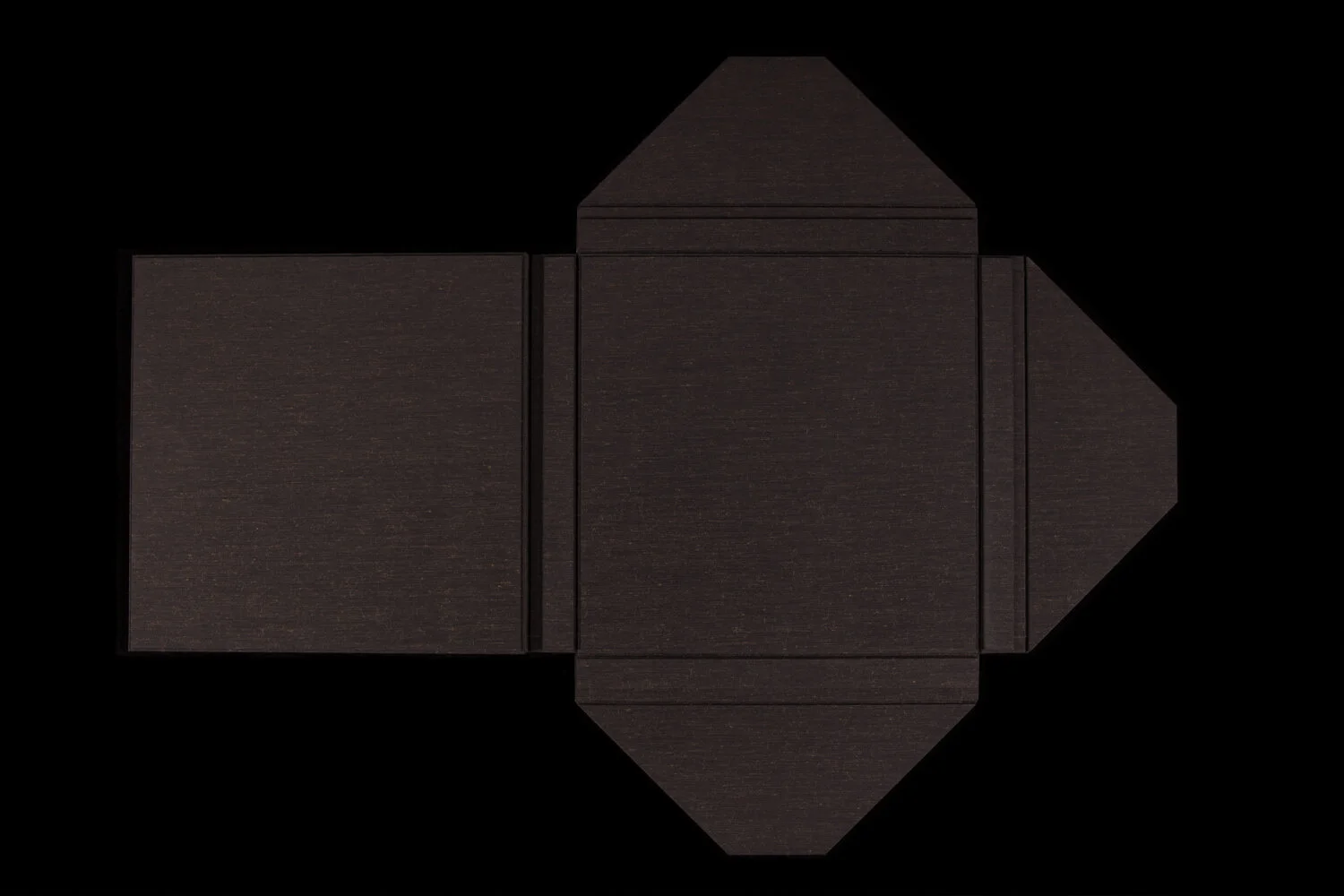The Issey Miyake Box
Issey-san,
In the summer of 1972, several days of communal rioting and a curfew had me stranded at Clarks Hotel in Varanasi, India.
Nasrudin, a young man I met in the hotel’s bar, persuaded me to sneak out at night by promising me I would find something interesting to photograph in his carpet weaving town, several hours, drive away. Approaching the town of Bhadohi in the pre-dawn light, I saw camels and elephants lumbering along the roadside, loaded with carpet rolls and dyed yarn. It was in that moment my interest in textile cultures began.
I sought out villages where the making of traditional textiles bound communities together as a way of life. In those places I was often awed by the elegance of everyday clothing. The fishermen pulling nets, the street vendor selling chai, and the women transplanting rice paddy...many seemed to have an innate sense of fashion no matter their circumstances. I came to believe in a “natural fashion” born of ecosystems where design evolves organically and is shaped over time, by weather, by plant and animal fibers, and by human needs.
I have witnessed how the creative process plays out in textile cultures. Every design embodies a tug-of-war between the pressure of tribal conformity and that of individual passion. Ancient techniques are refined or tweaked as they pass from mother to daughter and father to son. All of this combines into a living energy, a sort of DNA that exists in the textiles and clothing that people wear.
Seeing Session One reconnected me to the idea of natural fashion. In your designs I see something new and exotic and yet ancient and familiar. Perhaps Session One reveals an essence—a new creation that has always existed.
APOC inspired me to visualize the transformative power of a piece of cloth. Session One inspires me to value the accumulated energy that flows within tradition and use it to create.
Thank you, Issey, for your many years of inspiration.
Cary






















